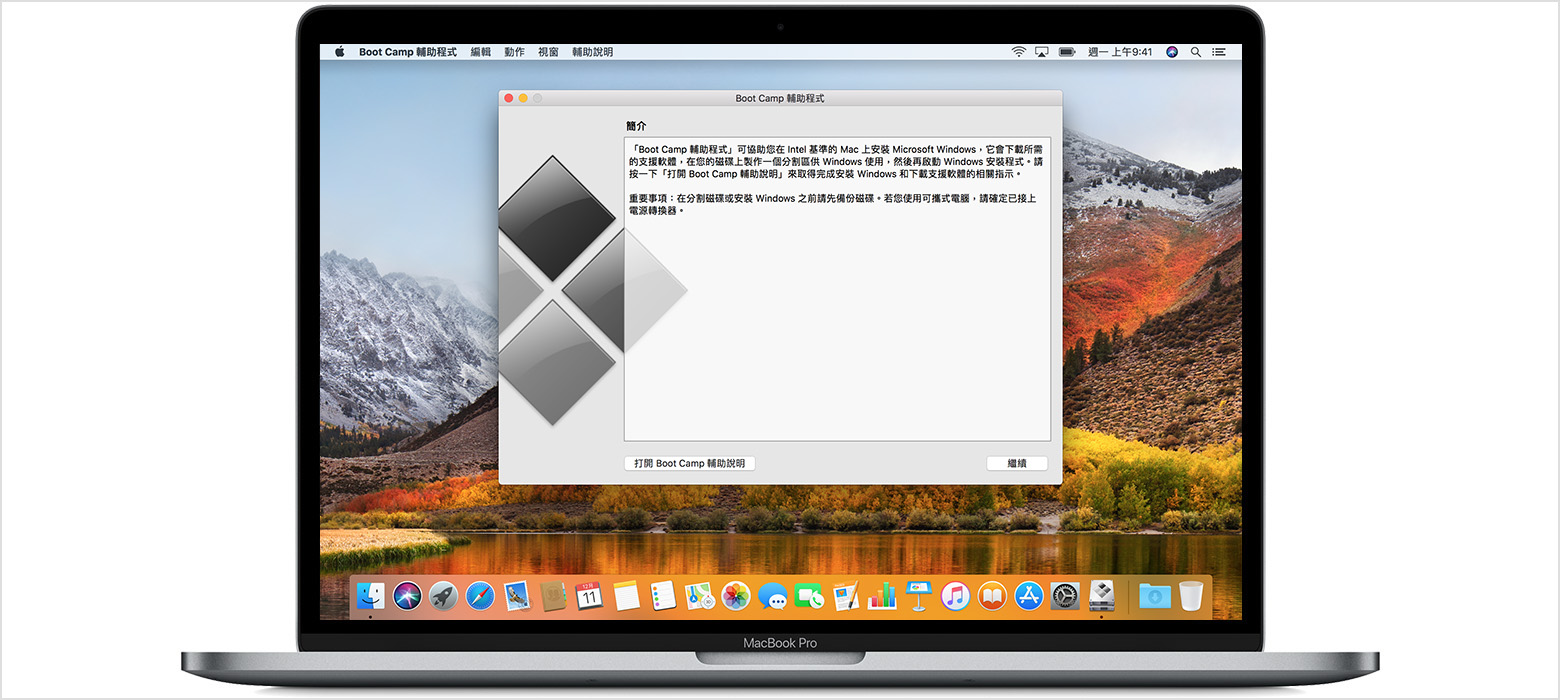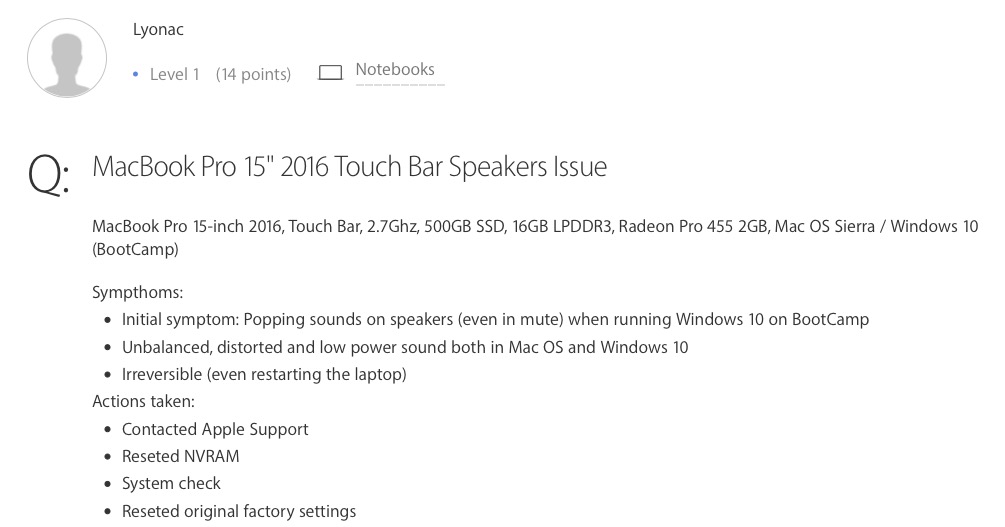
- #Os mac sierra boot camp for mac os
- #Os mac sierra boot camp mac os x
- #Os mac sierra boot camp install
- #Os mac sierra boot camp code
#Os mac sierra boot camp install
Control is then passed to the boot loader on the Windows install and booting continues into Windows. This boot loader reads the Window’s BCD (Boot Configuration Data) file that contains the GUID of the partition of the Windows install.

When the Windows volume was selected, control was passed off to the Windows boot loader on the EFI partition (that first partition that gets created when formatting as GPT). The hybrid MBR was not longer required (in fact, if it was there, the Mac tried to legacy boot). Apple updated the Mac firmware to support EFI booting of Windows, along with legacy booting (Macs around 2013 could boot Windows in both Legacy and EFI modes).īooting Windows in a Boot Camp partition via EFI was very different from legacy booting. PC BIOS had long supported EFI, but it was usually set to emulate legacy booting on Windows clients (though Windows servers tended to favor EFI booting). With the release of Windows 8, there was a push to start EFI booting Windows client machines.
#Os mac sierra boot camp code
This boot code looked up what partition was flagged in the MBR, and then passed control to the the volume boot record that was on the flagged partition.

When Windows XP booted, the Mac EFI firmware passed control to the boot code in the same disk sector as the hybrid MBR (which is the first sector on the disk).
#Os mac sierra boot camp mac os x
Since Mac OS X GPT partitioned disks only had 2 partitions (the EFI partition and the HFS+ partition), it was a direct mapping. The hybrid MBR maps the first 4 GPT partitions to the 4 MBR partition (the MBR only supports 4 partitions, called “primary partitions”). Apple leveraged the guard MBR in the GPT specification and created a hybrid MBR. A legacy disk manager can read the guard MBR as a standard MBR but would only show an unknown type for the entire disk. The guard MBR is a single partition MBR that lists the single partition as a type of “Unknown” and covers the entire disk. The guard MBR is part of the GPT specification that prevents legacy disk utilities as seeing GPT disks as unformatted. Since Windows XP was expecting an MBR partitioned disk when booting, a Boot Camp partition needed to exist on a GPT partitioned disk, but also look like a MBR partitioned disk.īoot Camp booting solved this problem by modifying the guard (or protective) MBR to look like a standard MBR. EFI can be compatible with legacy booting, but on Windows PCs, the firmware is set to tell EFI to boot in Legacy mode to an MBR disk. Windows had a very different way of booting, based on a Master Boot Record (MBR), sometimes refered to this as “Legacy Booting”. When Boot Camp was introduced to the Mac, Windows XP was all the rage. The boot loader was located on the HFS+ volume in /System/Library/CoreServices.
#Os mac sierra boot camp for mac os
The EFI partition did not contain the boot loader for Mac OS X. After the EFI partition was a HFS+ partition that contained Mac OS X. The specification for EFI requires an EFI partition at the start of the disk, and Apple-partitioned disks had a 200 MB empty EFI partition. Earlier builds of the original version of Mac OS X could boot on FDisk partitioned disks, but past those earlier builds, GPT was the partition scheme that all Intel-based Macs started with. Intel-based Macs are different from PPC-based Macs, as they used EFI to boot the operating system. When Mac OS X was introduced, the partition scheme was the GUID Partition Table, or GPT. I’ll then discuss how this affects High Sierra and finally some guesses on where this is all leading. How does this affect Boot Camp? Let’s dive in a bit and look at the progression of partitioning changes since Boot Camp was introduced. APFS is not just a filesystem to replace HFS+, but also replaces Core Storage as the volume manager. MacOS 10.13 High Sierra has now been released, and one of the major features is a new filesystem called APFS.


 0 kommentar(er)
0 kommentar(er)
